Reverse logistics refers to all logistic activities to collect, disassemble and process returned products, parts and packages in order to ensure an environment friendly recovery at a reasonably economic cost. It is a process of planning, implementing and controlling the efficient, cost-effective flow of materials and related information from the point of consumption to the point of origin for the purpose of recapturing value or proper disposal. Environmental legislation and the need to make production and logistics more efficient are the main drivers for the introduction of reverse logistics concept in supply chains. Collaboration among the supply chain partners initiates to establish a smooth flow of products and information of reverse logistics. Generally, supply chain is designed using a forward logistics, whereas in reverse logistics program, the supply chain is collaboration of forward + backward/reverse flow. Reverse logistics programs activate the organizations as the most competitive ones with their best strategies to hold the customers while processing the return goods. Designing this reverse supply chain is the most challenging task in the industry. The models of reverse logistics suggest how to optimize and stimulate the entire process with the corrective action in order to minimize the cost and its effects. This book on reverse logistics with its three sections introduces the underlying concepts, significance, applications, and other useful insights into reverse logistics, to the business community, professionals and students through a compilation of related articles, cases and experiences. It also elucidates an effective and efficiently designed reverse logistics, which can yield a great impact and create a competitive advantage to the industries, while being environment friendly and able to produce cost-effective products.
Reverse Logistics: Concepts and Cases
In stock
Free & Quick Delivery Worldwide
reviews
Bibliographic information
Title
Reverse Logistics: Concepts and Cases
Author
Edition
1st ed.
Publisher
ISBN
9788178817897
Length
vi+viii+227p., Tables; Figures; References; Bibliography; Glossary; Index; 23cm.
Subjects

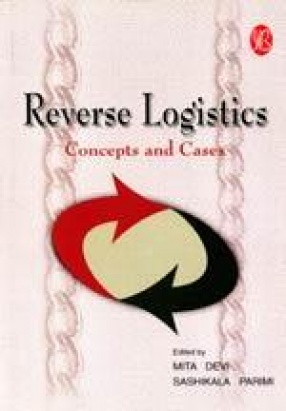
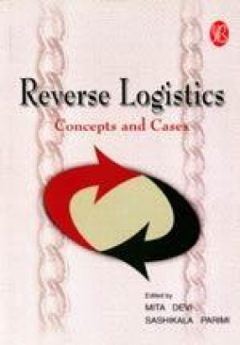
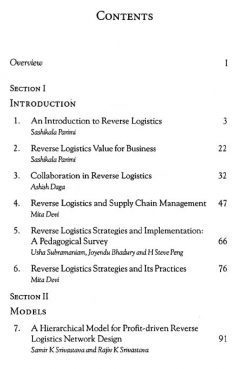
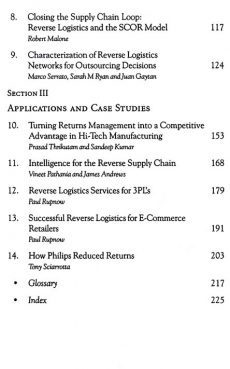
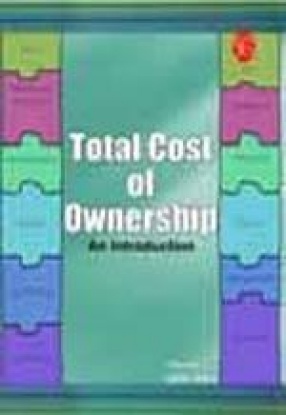

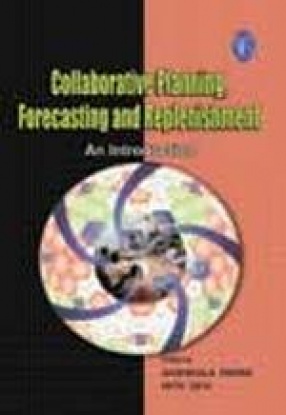
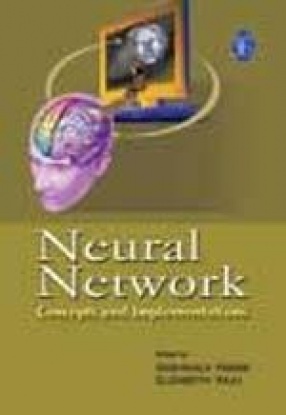
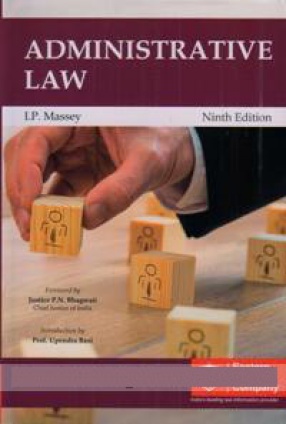


There are no reviews yet.